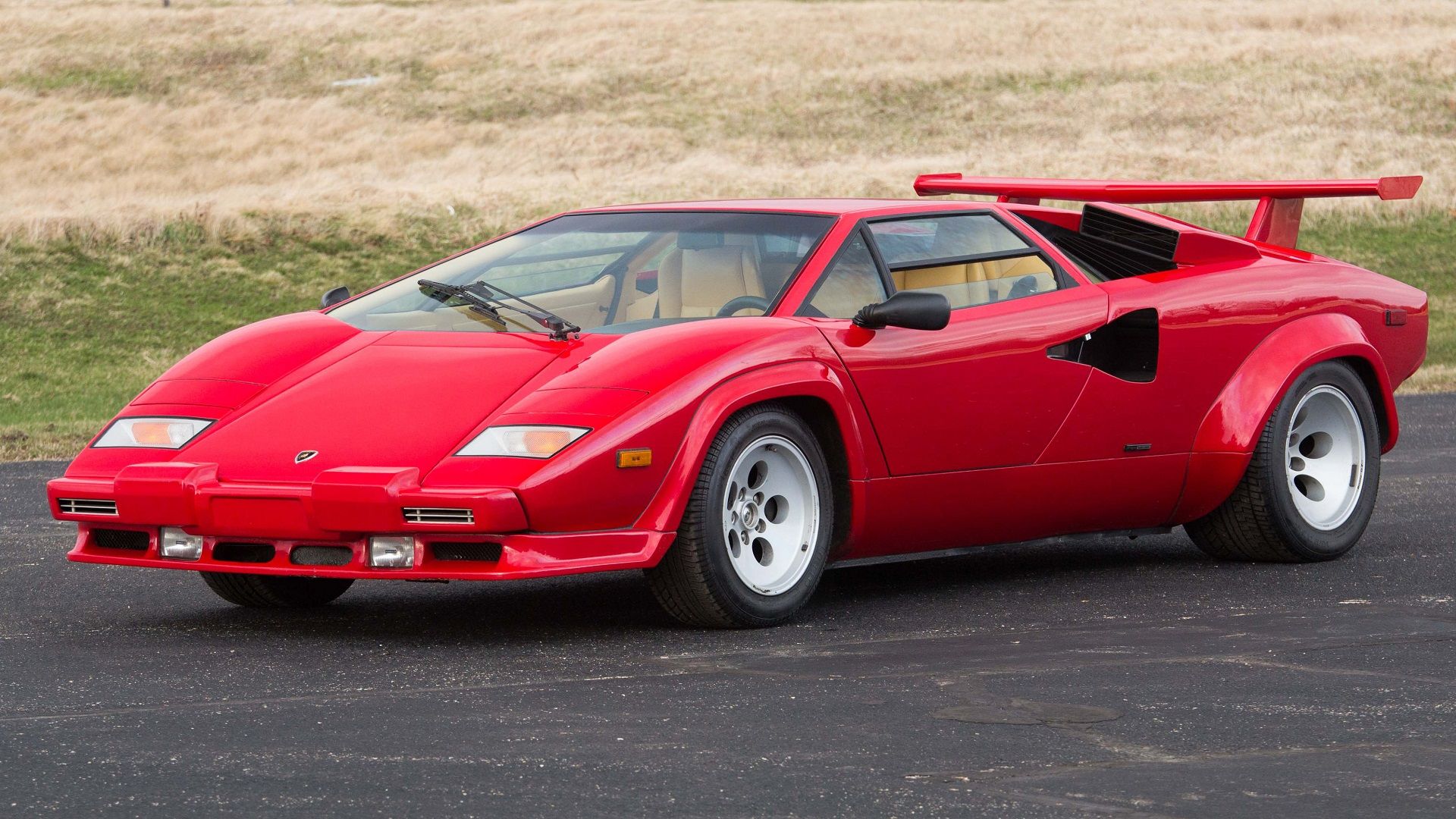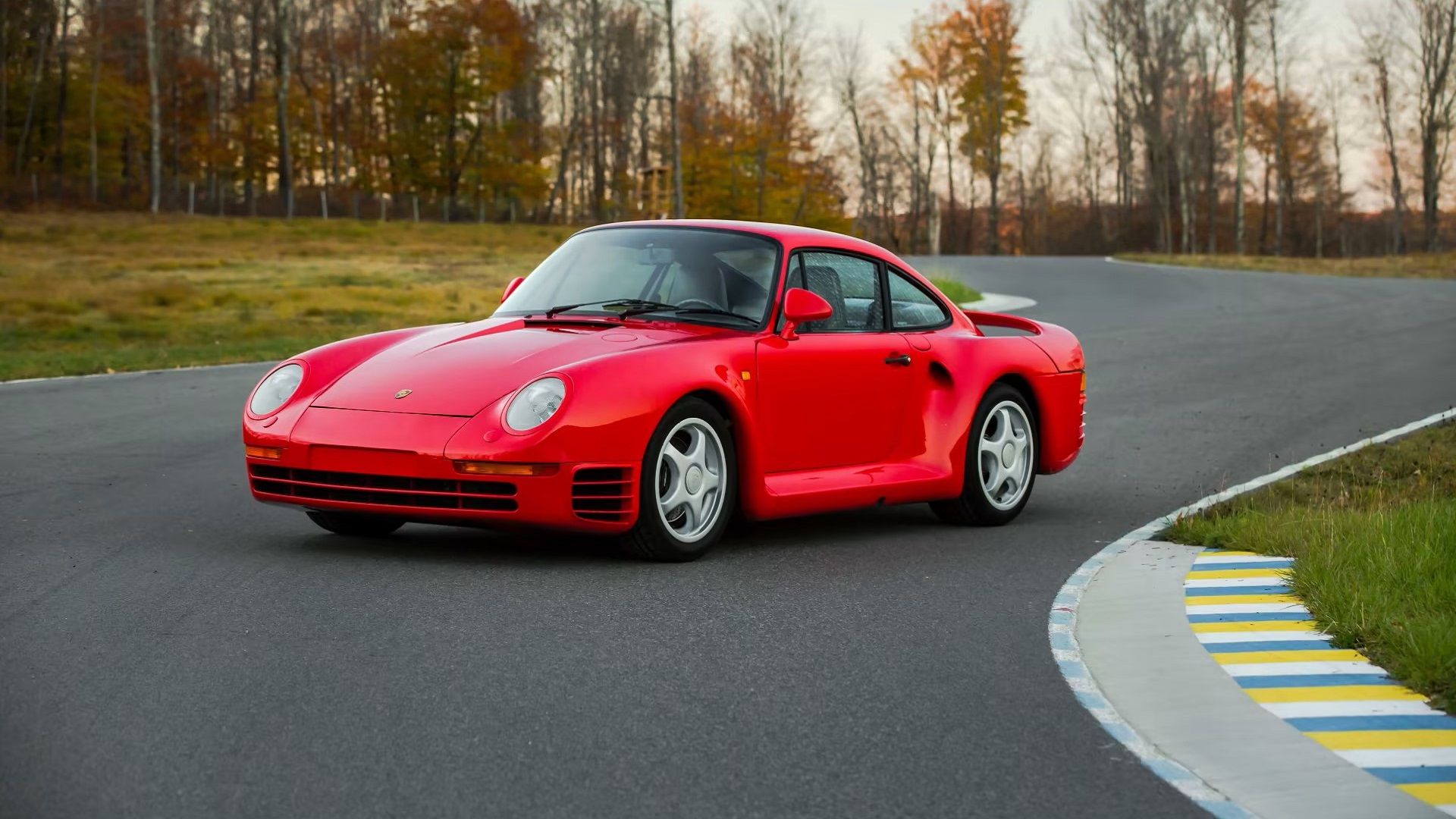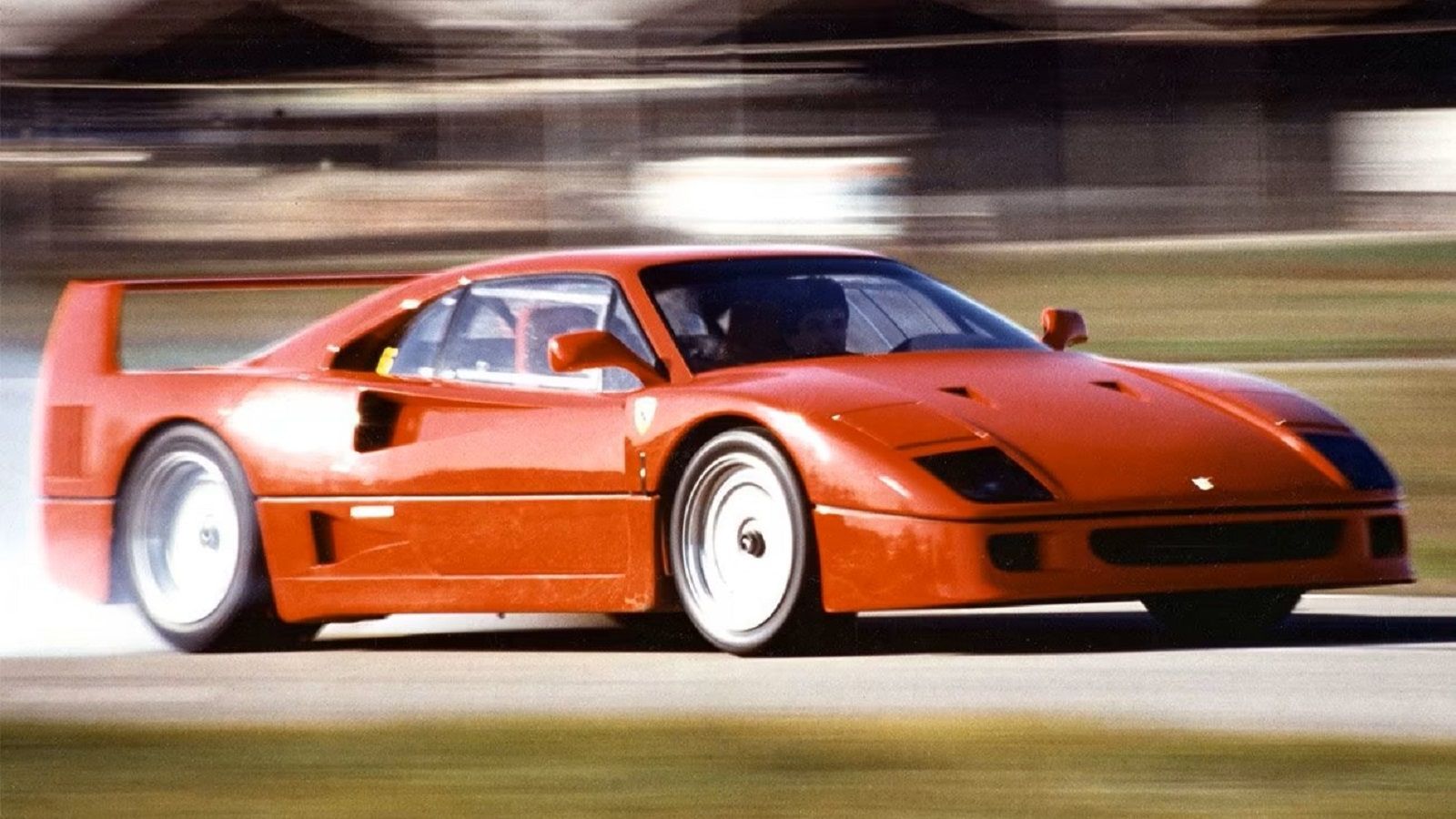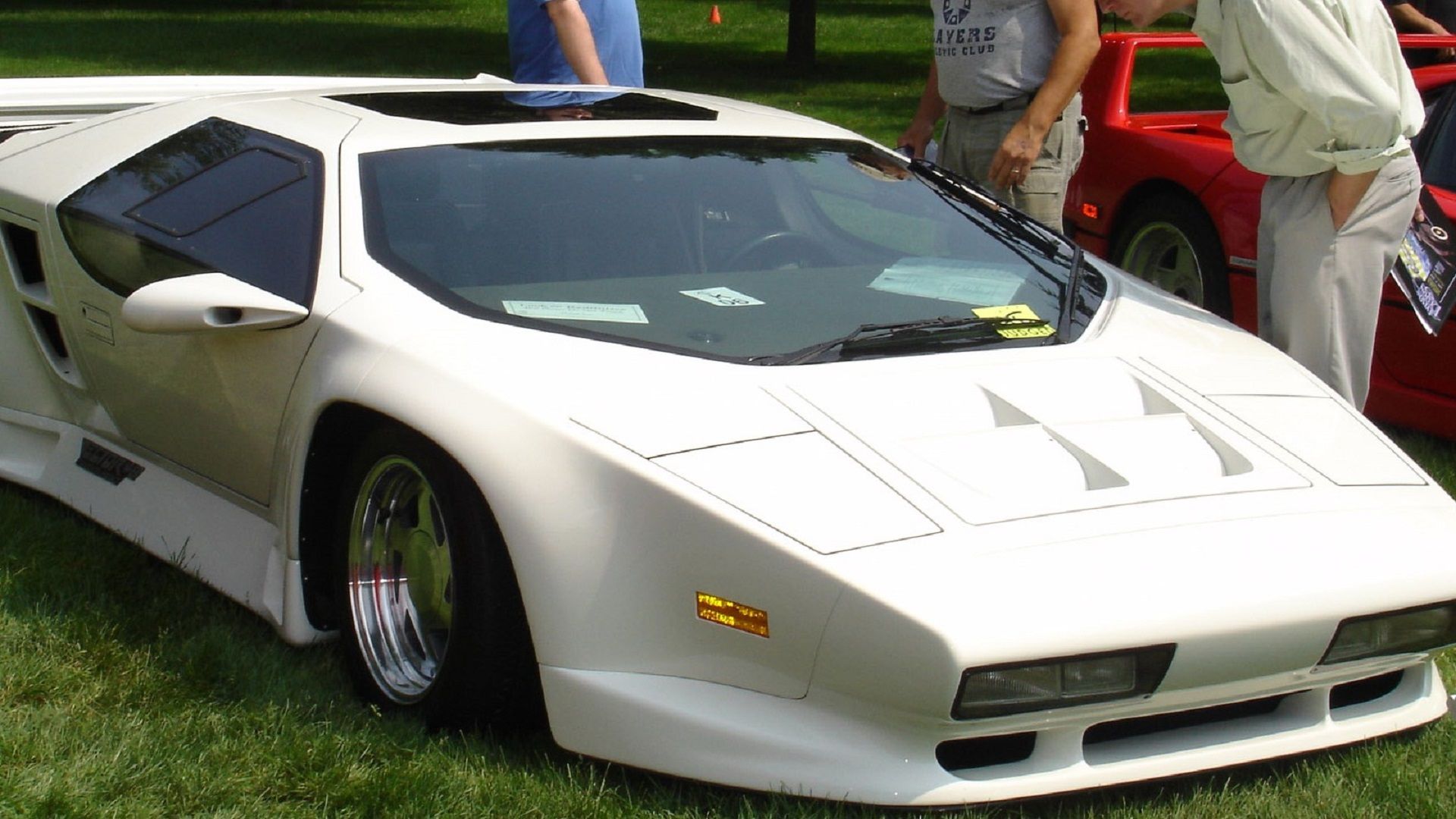
The ’80s were not one of the best times in the car industry for muscle cars, but it sure left things open for sports cars. Small cars with big engines that could push out more horsepower than any of the big displacement engines could have ever dreamed of, which is where the idea of a supercar comes in. The label of a supercar is as debated then as it is now, with some saying that the Ford GT1 was the first, others claiming that the original supercar was the Ferrari Miura, while others say you need to go back even further to the 1954 Mercedes-Benz.
No matter how you feel about the subject, the one thing that most experts can agree upon today is that a supercar is a high-performance car (usually a sports car) that can pump out over 400 horses and reach speeds of over 200 MPH. Of course, that is by today’s standards which the vehicles in the ’80s could not meet, at least not the top speeds anyway.
NOTE: Since this list could be organized in many different ways, please note that it was designed to go from the supercars that produce the lowest horsepower to the ones that top out at the highest power numbers for the decade. It considers the amount of torque each can pound out, but it has no deciding factor on the list’s placement.
10 1986 Ferrari Testerossa: 380 Horsepower
Even though the base-level Ferrari Testarossa back in the 80s does not fall under the definition of a supercar today, back in the day, it was one of the premier supercars on the planet. If you were riding around in a Ferrari (or a Lamborghini), you were on top of the world. The mid-mounted 380 horsepower 4.9L flat-12 engine pushed the torque to the rear drive tires through a five-speed manual gearbox, pushing the car from 0 to 60 in a mere five seconds.
Ferrari Testerossa Pros
- Easy handling due to sensitive controls
- Full of luxury for the decade
- Aerodynamic without spoilers
Ferrari Testerossa Cons
- Noisy when driving over 95
- Upholstery comes apart at the seams
- Issues starting when the engine is warmed up
9 1985 Lamborghini Countach: 455 Horsepower
The 1985 to 1988 Lamborghini Countach LP5000S QV was the most powerful version throughout the ’80s, only giving way to the Lamborghini Diablo in 1990. For the end of the decade, the company stuck with the naturally aspirated 5.0-liter V-12 engine behind the cockpit in the middle of the car. The 455 horsepower could accelerate the car from 0 to 60 in 5.1 seconds, rocketing it down the quarter-mile track in right around 14 seconds.
Lamborghini Countach Pros
- Superb handling
- Craftsmanship is top-of-the-line inside and out
- Carburetors have been replaced with fuel injectors
Lamborghini Countach Cons
- Very warm in the cockpit when driving
- No power assist anything
- The pedals are too far to the right
8 1987 Porsche 959: 450 Horsepower
Pure excitement is what you get when climbing behind the wheel of a 1987 Porsche 959. It only takes 3.6 seconds to reach 60 mph from a dead stop on its way to the top speed of 199 mph due to the 450 horsepower twin-turbocharged 2.8L flat-six Boxer engine. Mated to the engine is a six-speed manual transmission that sends the 368 pound-feet of torque to all four wheels. Under the car, you will find all kinds of innovative technology for the time period, such as active suspension and an all-wheel drive system that can send the power and torque to the drive tires that need it.
Porsche 959 Pros
- Adjustable ride height adjustments
- Automatic transfer of power to drive tires needing it the most
- Extremely easy to drive and shift
Porsche 959 Cons
- With too much power, the 959 can understeer
- The Porsches power brake pedal is overly touchy
- Clutch is a little on the heavy side
7 1987 Ruf CTR: 463 Horsepower
The 1987 Ruf CTR may look like a basic Porsche Carrera on the outside, but you would be wrong. The Ruf CTR is a version of the car that has been stripped, updated, improved, and put back together. The supercar has been bored out to a 3.4L that can push out 463 horses that is mated to a five-speed manual transmission. The 408 foot-pounds of torque is sent to the rear tires through the drivetrain, pushing the car from 0 to 60 in 3.7 seconds, with a registered top speed of up to 213 mph.
Ruf CTR Pros
- Steel body panels were all replaced with aluminum to reduce the weight
- Intake ducts were added to rear flares to help cool the engine
- Ruf CTR has a full roll cage inside for added safety
Ruf CTR Cons
- The manual gears are hard to shift unless you are paying full attention to the task
- Can skid sideways when under power very easily
- Steering jerks sideways
6 1987 Ferrari F40: 471 Horsepower
When you take a car engineered for a rally race, converted over for road racing, and produced for the street, you get a beast of a supercar. In this case, that specific car is the 1987 Ferrari F40 with a 471 horsepower twin-turbocharged 2.9-liter V-8 that shoots the car from a standstill to 60 mph in 4.1 seconds. The 426 pound-feet of torque is sent to the rear-wheel drive tires through the five-speed manual transmission, helping the car achieve its top speed of 201 mph.
Ferrari F40 Pros
- Simple and to the point: build to perform, not to impress
- The actual power output of the engine may well be over 500 bhp
- Three-pipe exhaust system (one specifically to remove gases from the twin turbos)
Ferrari F40 Cons
- Extremely low ground clearance caused issues on uneven roads
- The Interior had no creature comforts, including no radio, door panels, or door handles
- Distorted and blocked view in all directions
5 1986 Ford RS200 Revolution: 600 Horsepower
Another car initially designed to compete in the Group B rally races that quickly became known as a supercar was the 1986 Ford RS200 Revolution. It was powered by a 600 horsepower 2.1L turbocharged Cosworth BDT-E inline four-cylinder stashed in the middle of the Ford. The 400 pound-feet of torque is pushed out to the all-wheel drive tires through a five-speed manual transmission mounted in the front of the car, helping push the car from 0 to 60 in just over 3 seconds (a world record that stood for over 10 years.)
Ford RS200 Revolution Pros
- Front drive tires always engage first, producing better traction
- Double wishbone suspension helps with handling on all types of road surfaces
- Exceptional ride quality on and off the beaten path
Ford RS200 Revolution Cons
- Low RPM lag
- Low power-to-weight ratio
- Clutch is heavy and hard to shift
4 1989 Vector W8: 625 Horsepower
The 1989 Vector W8 may not have been designed and produced by one of the more familiar car companies. However, it still tops the list of one of the most powerful supercars of the 80s. It was a mid-engined design offered a 625 horsepower twin-turbocharged 6L eight-cylinder that could help the car from 0 to 60 in 3.8 seconds. The three-speed automatic transmission moved the 649 pound-feet of torque to the rear-wheel drive tires to help it reach its claimed top speed of 242 mph.
Vector W8 Pros
- High-quality interior construction made from aircraft-grade materials
- GM engine and transmission, so easy to find parts for
- GM parts make it easy to work on and modify even further
Vector W8 Cons
- No anti-lock brakes were ever included in the design
- Power steering was not thought to be a necessity, so it was cut out to reduce the weight
- Three-speed transmission limits high revs
3 1980 Aston Martin Bulldog; 700 Horsepower
One of the most futuristic-looking cars on this list is the 1980 Aston Martin Bulldog, but in the ’80s, it did not look all that out of place. Under the hood was a 700 horsepower 5.3-liter twin-turbocharged eight-cylinder engine that could push out up to 499 pound-feet of torque. The Bulldog makes use of a five-speed manual transmission to get from 0 to 60 in 5.1 seconds, and as of 2023, it finally reached its mark of reaching its top speed of 200 mph.
Aston Martin Bulldog Pros
- The wheels have integrated cooling fans to keep the brakes from overheating
- Lights were hidden in the hood to help improve aerodynamics
- The gullwing doors come up to allow ease of entrance and exit
Aston Martin Bulldog Cons
- The fuel injection system has been removed and replaced with dual Weber carbs
- Only one in existence
- Obstructed field of view
2 1988 Callaway Corvette Sledgehammer: 880 Horsepower
A supercar with all of the creature comforts still in the cockpit was hard to find in the ’80s, which may be one of the biggest draws towards the 1988 Callaway Corvette Sledgehammer. For others, it may be the 880 horsepower 5.7L eight-cylinder engine with twin turbochargers. From 0 to 60, the car can accelerate in 3.9 seconds, and overall, the Sledgehammer can top out at an incredible 254.76 mph. It uses a six-speed manual transmission and has been lowered by an inch compared to the average 1988 Corvette to offer better handling and performance.
Callaway Corvette Sledgehammer Pros
- Block is up to NASCAR specifications with forged pistons and connecting rods
- Heads are aluminum made by Brodix
- Stainless steel exhaust with four mufflers for perfect combustion
Callaway Corvette Sledgehammer Cons
- The electrical systems are known for shorting out on the 1988 Corvettes
- The original brake master cylinder can malfunction and cause the brakes to stop working
- Seals let water leak in constantly
1 1988 Koenig Competition: 1,000 Horsepower
If you think the 1988 Koenig Competition looks a bit like a Ferrari, you would be right on the nose because it is based on the Ferrari Testarossa. The Competition offers a mid-engine 1,000 horsepower twin-turbocharged V-12 that can push out up to 737 pound-feet of torque. If that is not enough to raise the hair on the back of your neck, imagine going 0 to 60 in 3.5 seconds on your way to its top speed of 229 mph. The five-speed manual transmission is smooth and easy to shift, making this car the rightful top dog of the 1980s supercars.
Koenig Competition Pros
- The racing suspension was added for better handling and performance
- Racing brakes were added for better stopping power
- The chassis is stiffened to account for the added power and torque
Koenig Competition Cons
- 1000 bhp car was a special order, the base level was only 800 bhp
- Takes both hands on the wheel when launching to keep control
- Too powerful for everyday traffic






